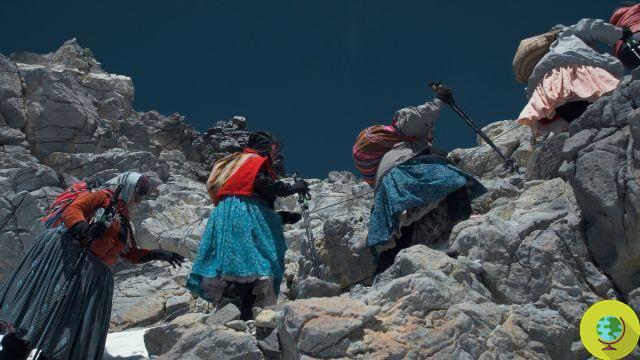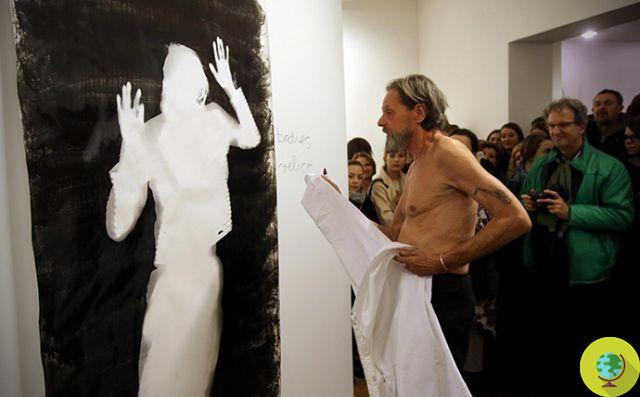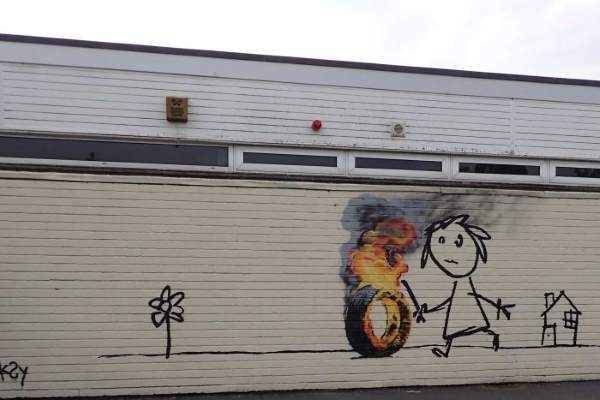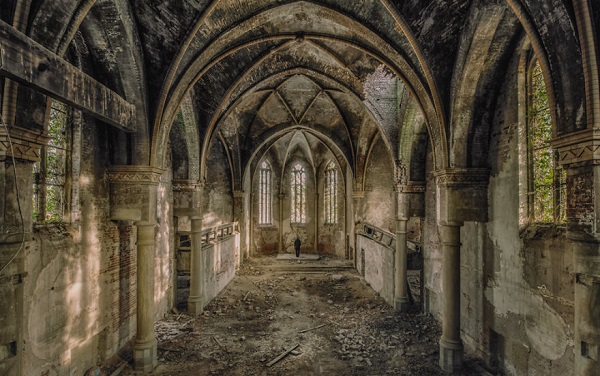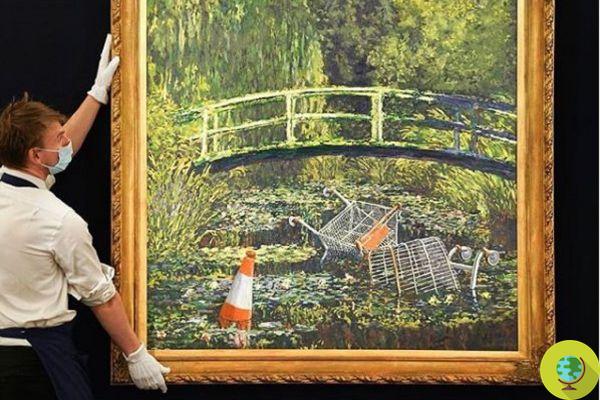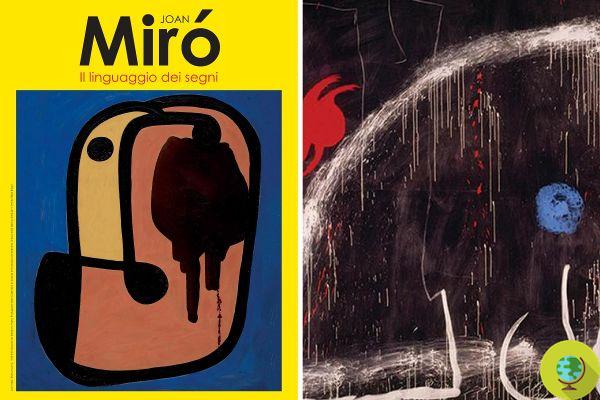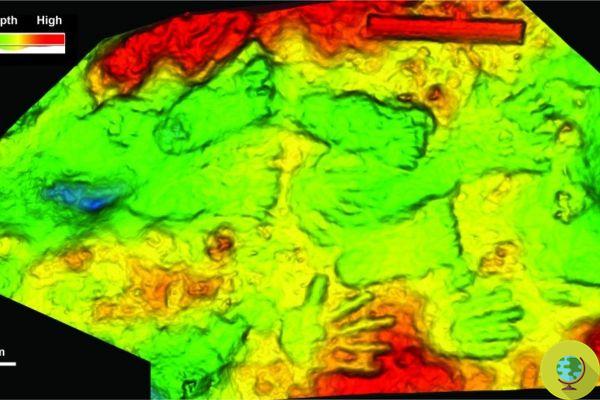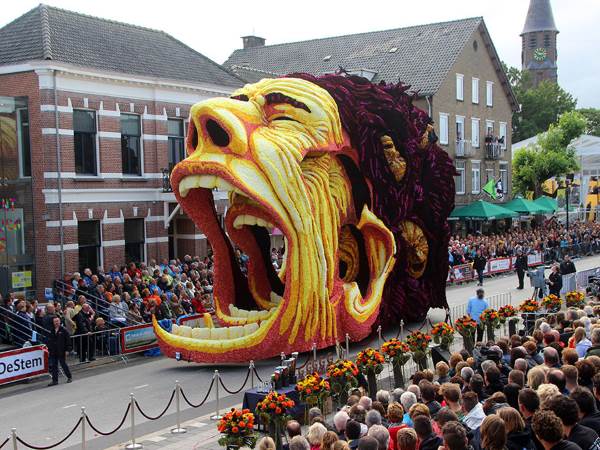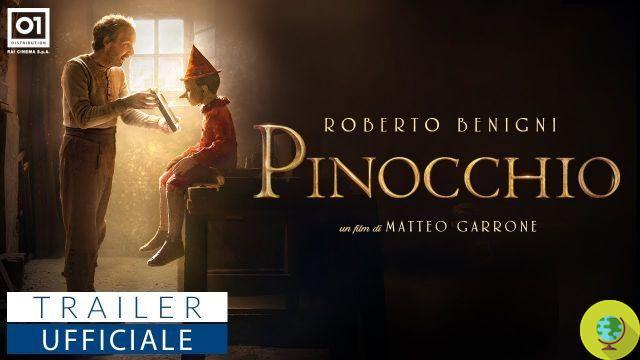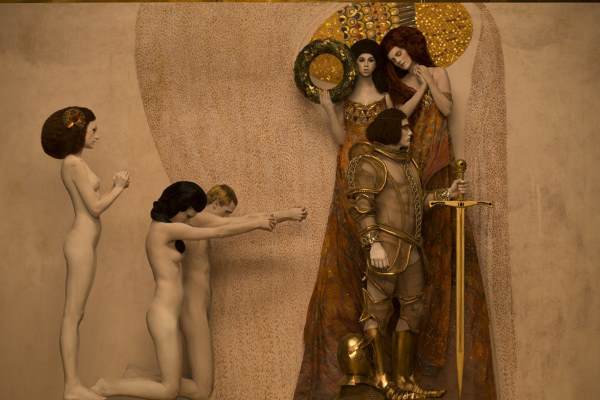Available a few days ago on Netflix, The Buried Ship is a film directed by Simon Stone based on the 2007 novel of the same name by John Preston.
He is about to end up run over, his mother saves himAnno Domini 1939, one of the most significant historical artifacts ever found on the British Isles is unearthed: the skeleton of a ship over 25 meters long, which constitutes what will go down in history as "the Sutton Hoo treasure", the richest tomb Early Middle Ages of Europe. It is England at the dawn of World War II and that surprising discovery is now the plot of The Dig, The Buried Ship, a historical drama in which history itself is subjected to the microscope.
Available from a few days on Netflix, The Buried Ship is a film directed by Simon Stone based on the 2007 novel of the same name by John Preston and with Ralph Fiennes and Carey Mulligan, who play respectively Basil Brown, novice archaeologist, and Edith Pretty, aristocratic widow who owns the vast estate of Sutton Hoo, between Ipswich and the English east coast .
The film is a drama that goes beyond the archaeological event, but constitutes a kind of tribute to the work and commitment of Pretty and Basil Brown. Their curiosity ignited a story that is now exhibited and occupies a privileged place in the British Museum in London.
History
In 1926, British Army Colonel Frank Pretty and his wife Edith bought a house in the Suffolk town of Sutton Hoo. This was a terrain of exceptional importance: a vast area that featured 18 burial mounds and some mysterious and small hills, probably human works. When the soldier died in 1934, the woman, who had traveled to Egypt as a young man and had seen her father excavate a Cistercian monastery, asked the nearby Ipswich Museum for an archaeological investigation to clarify what was hidden under the ground.
The work was entrusted to an amateur archaeologist, Basil Brown, the son of a farmer who dropped out of school at the age of 13. He began in June 1938 with the excavation of a first mound which allowed him to identify several artifacts dating back to the early Middle Ages and characteristic iron rivets on the ships. The following summer it was confirmed that it was a XNUMXth century Anglo-Saxon funeral ship.
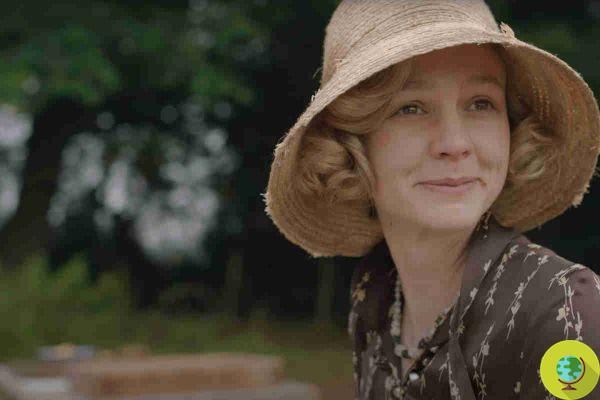
© Netflix
"It is the discovery of my life - Brown wrote in his diary. And one of the most important of humanity: the Sutton Hoo treasure, the richest early medieval tomb in Europe ".
But that was not Brown's exclusive mission. When the news spread that an amateur was discovering a site that might be unique in the world, a group of professionals from the Department of Archeology at the University of Cambridge arrived immediately on the spot. The scientific excavation, led by Charles Phillips, began in July 1939, and in 17 days, a number of outstanding pieces were unearthed: solid gold coins and brooches, a refined helmet decorated with various figures, weapons - a shield, a sword, a dagger and an ax - a scepter, a flag bearer, bronze cauldrons and goblets and even a lyre.
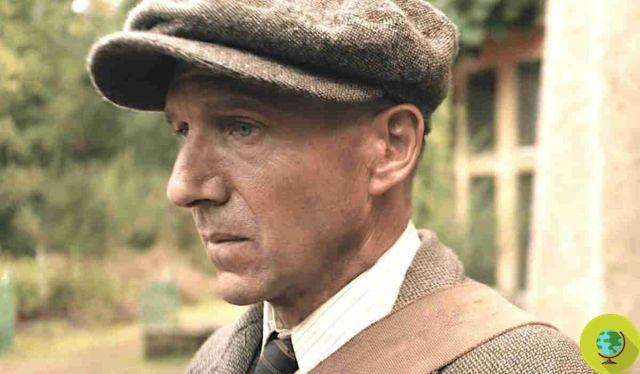
© Netflix
"All the objects shone in the sunlight as on the day they were buried," Basil Brown noted in his diary.
The set included elements of various European and Byzantine Mediterranean origins and the experts established that it was a very rich funerary kit, located in a burial chamber that was located in the center of a nave 27 meters long by 4,5 meters wide. Although the body did not appear, the size of the tomb and the complexity of the rite showed that it was intended for a very powerful XNUMXth century person. Specialists believe it could be the one of Raedwald, king of East Anglia, one of the kingdoms of southern England, who died around the year 625.
The excavation campaign ended on 25 August. A week later, Britain declared war on Germany following the Nazi invasion of Poland. In 1942 Sutton Hoo was confiscated by the state and used as a training ground for British Army tanks.
Work on the site resumed between 1965 and 1971, led by academician and archaeologist Rupert Bruce-Mitford. His work was pivotal, excavating the ship in its entirety and restoring many of the pieces unearthed in 1939. Sutton Hoo's studio project was revived in the 80s and 90s and his direction was assigned to Martin Carver. , professor of archeology at the University of York. After analyzing the rest of the site with new technological tools, a chronology of occupation was discovered ranging from the Neolithic to beyond the XNUMXth century: agricultural settlement in the Bronze Age, abandonment and reuse during the Roman occupation of Great Britain and conversion to a noble cemetery at the end of the XNUMXth century, with burials similar to those recorded in Scandinavia during the Viking Age.
The message of the Netflix movies? Fiennes tells the BBC:
“I think it is interesting and perhaps lucky that the film comes out when we are in another period of uncertainty due to Covid. I hope people get a positive message about what we can achieve through common effort and determination ”.
Source: BBC
Read also:
- The stroke of genius of Netflix to announce the release date of the second part of Lupine on Twitter
- Zerocalcare is making an animated series for Netflix. What do we know so far






